A Bangladeshi community building by Anna Heringer wins Obel Award 2020
German architect Anna Heringer's Anandaloy project in rural Bangladesh scoops the prestigious Obel Award for 2020
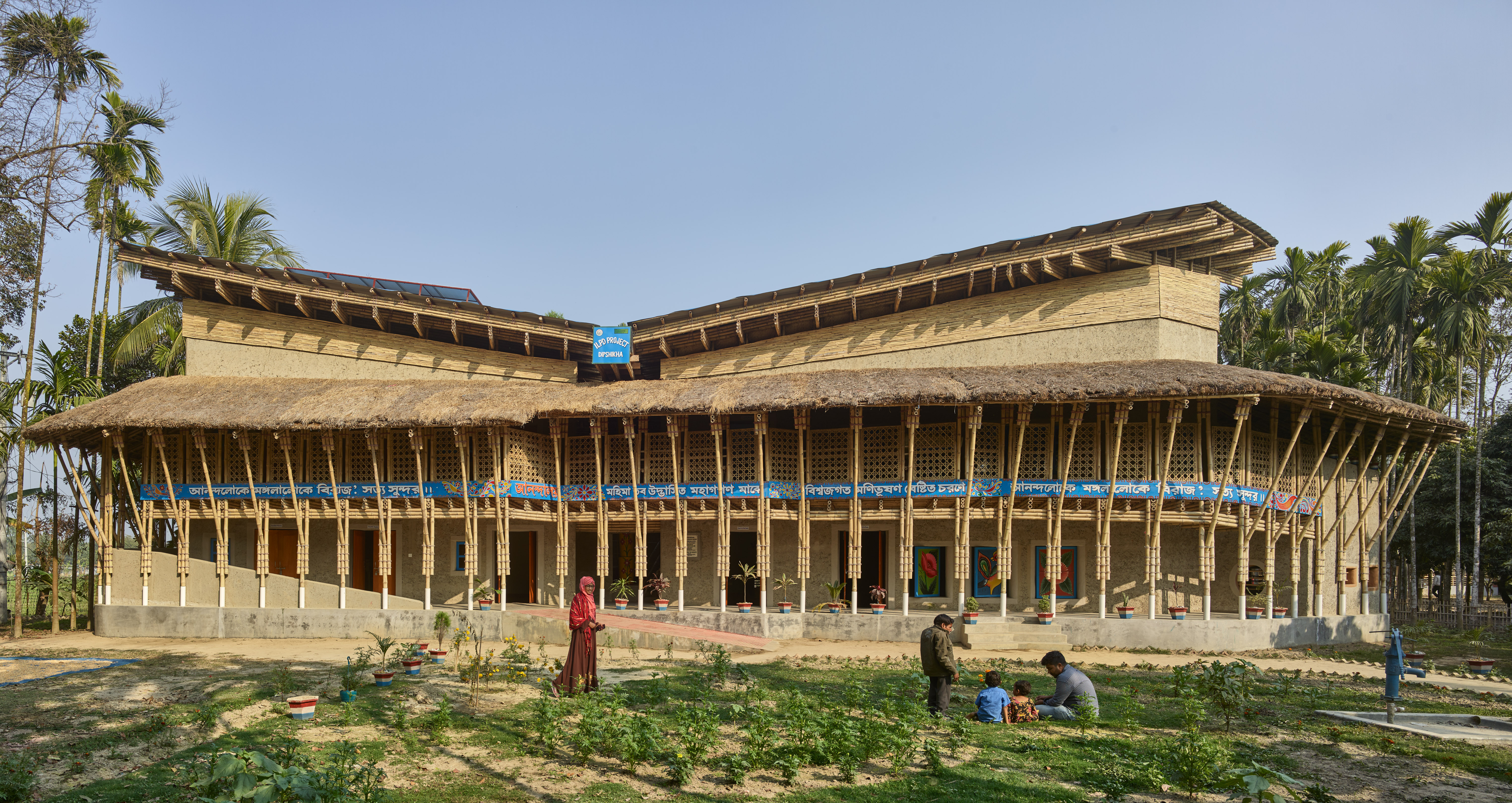
Kurt Hoerbst - Photography
Anandaloy, a community therapy centre and textile workshop in rural Bangladesh, and its creator, German architect Anna Heringer, have been presented with the second ever Obel Award. The Danish architecture honour, whose inaugural winner, Junya Ishigami's Art Biotop Water Garden, was announced about a year ago, is given annually to a building or architectural project that showcases excellence in architectural achievement.
Anandaloy, which means ‘place of deep joy', contains a therapy centre for people with disabilities on the ground floor and a fair-trade textile manufacturing workshop for local women on the first floor. Made out of rammed earth and bamboo, the structure explores age-old local building techniques in soft curves and textures that connect with its place and the region's vernacular.
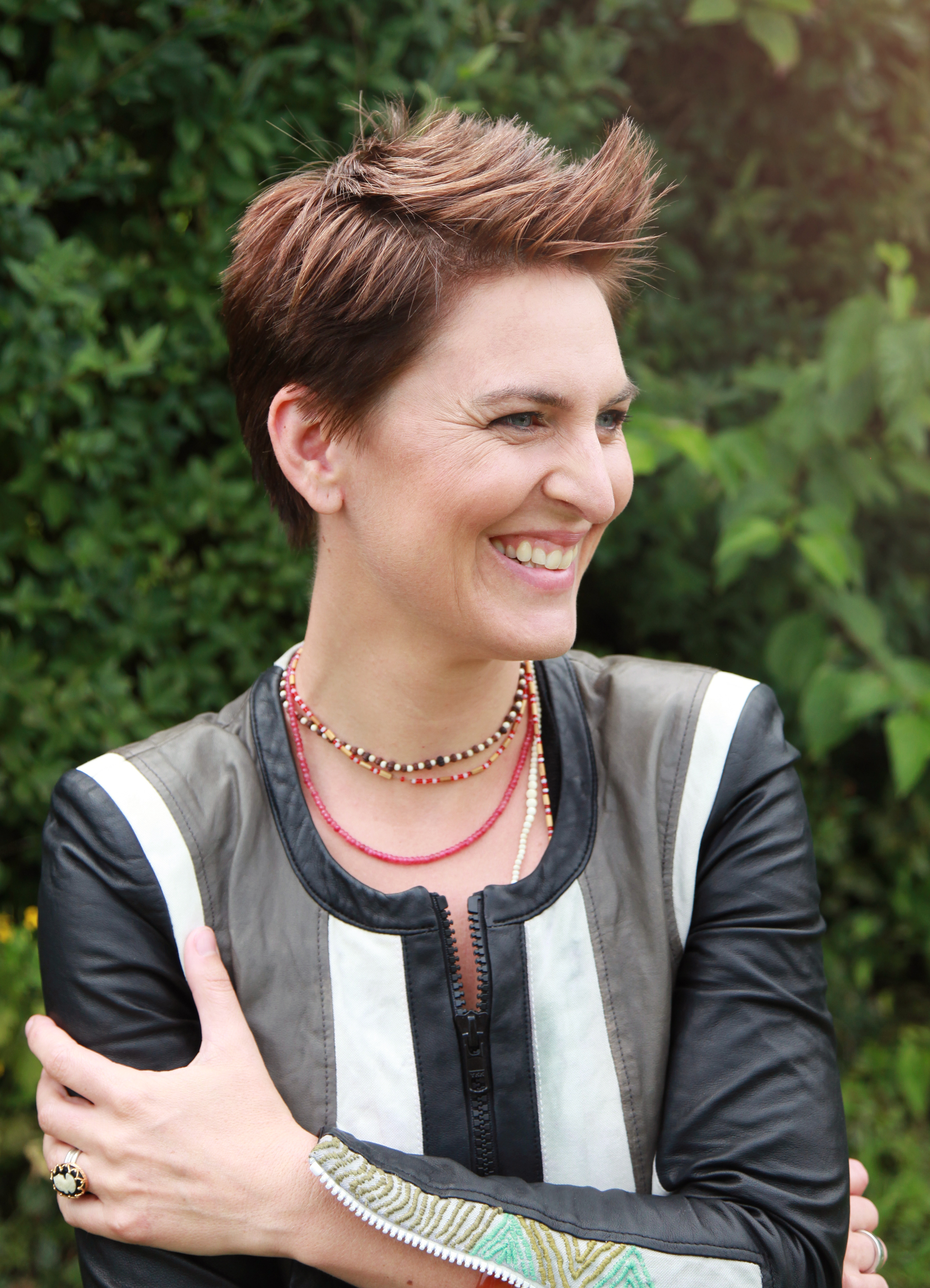
‘The key motivation always is to use architecture as a tool to improve lives,' says the architect, who has spent part of her life in Bangladesh, is the UNESCO Chair of Earthen Architecture, Building Cultures, and Sustainable Development and focuses on the use of natural and readily available building materials.
‘The vision behind, and motivation for my work is to explore and use architecture as a medium to strengthen cultural and individual confidence, to support local economies and to foster the ecological balance. Joyful living is a creative and active process and I am deeply interested in the sustainable development of our society and our built environment. For me, sustainability is a synonym for beauty: a building that is harmonious in its design, structure, technique and use of materials, as well as with the location, the environment, the user, the socio-cultural context. This, for me, is what defines its sustainable and aesthetic value.'
RELATED STORY

Respecting local heritage and crafts, the project was made using only local materials, construction methods and workforce. This - climate-positive design and sustainability on all levels - was a key aspect in the judging process. The jury this year included Martha Schwartz (founder, Martha Schwartz Partners, USA), Kjetil Trædal Thorsen (co-founder, Snöhetta, Norway), Louis Becker (design principal and partner, Henning Larsen, Denmark), Dr Wilhelm Vossenkuhl (professor emeritus of philosophy, Germany), and XU Tiantian (founding principal, DnA, Beijing, China).
‘The Anandaloy building is not only a spatial solution to a number of both basic and specific human needs, the project as a whole is a multi-layered response to the challenge of mending by cleverly interweaving sustainable, social, and architectural design,' says the judging panel in a statement.
Louis Becker, lead partner and design principal of Henning Larsen Architects, has been involved in setting up the award since its inception: ‘This prize was set up to promote new possibilities and the different directions architecture could have. This year, the winning project has a very direct social impact - it is doing something every day to change the lives of people locally. It also showcases what you can do by using local knowledge. It is very much aligned with what we wanted to do when we created the award.'
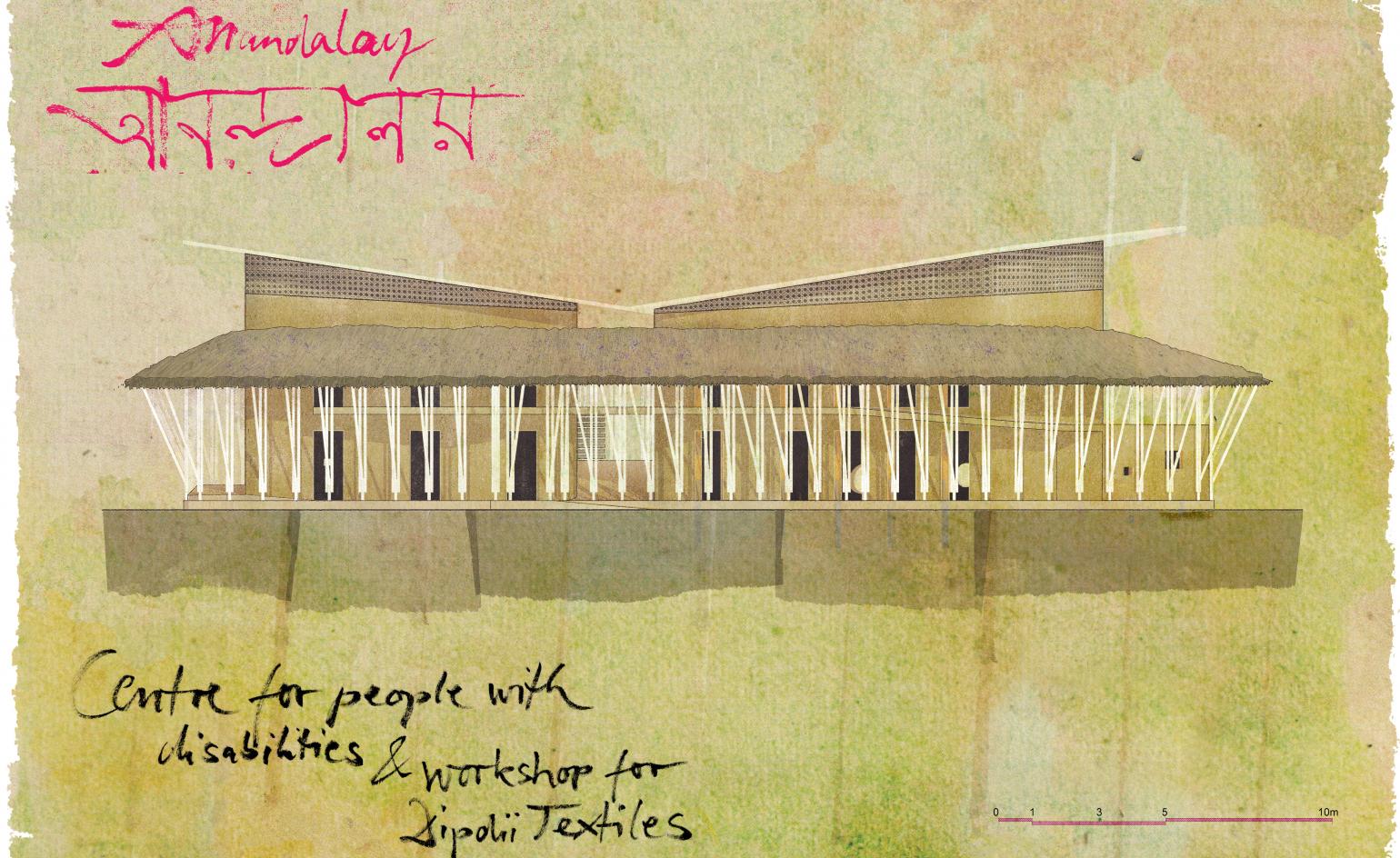
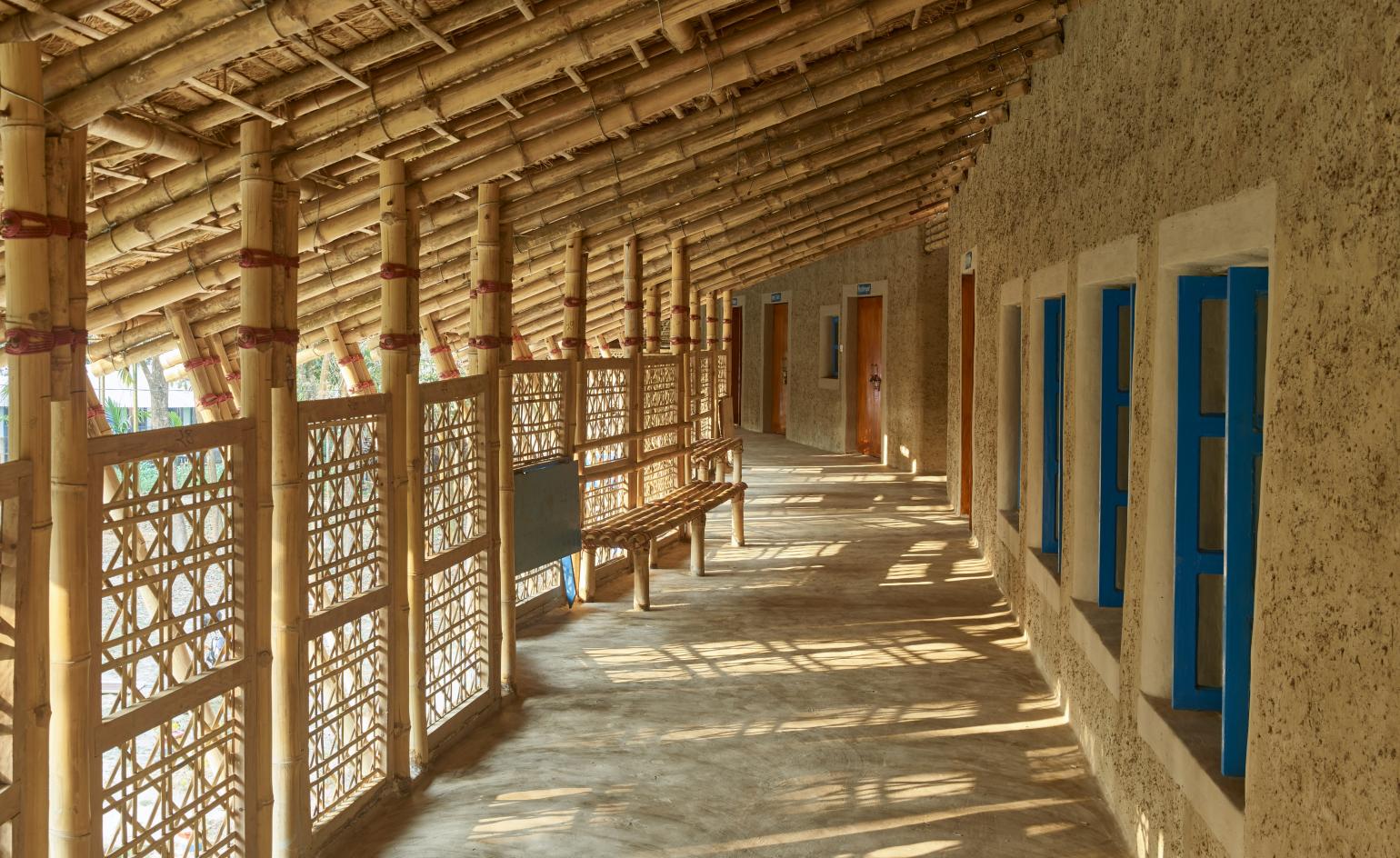
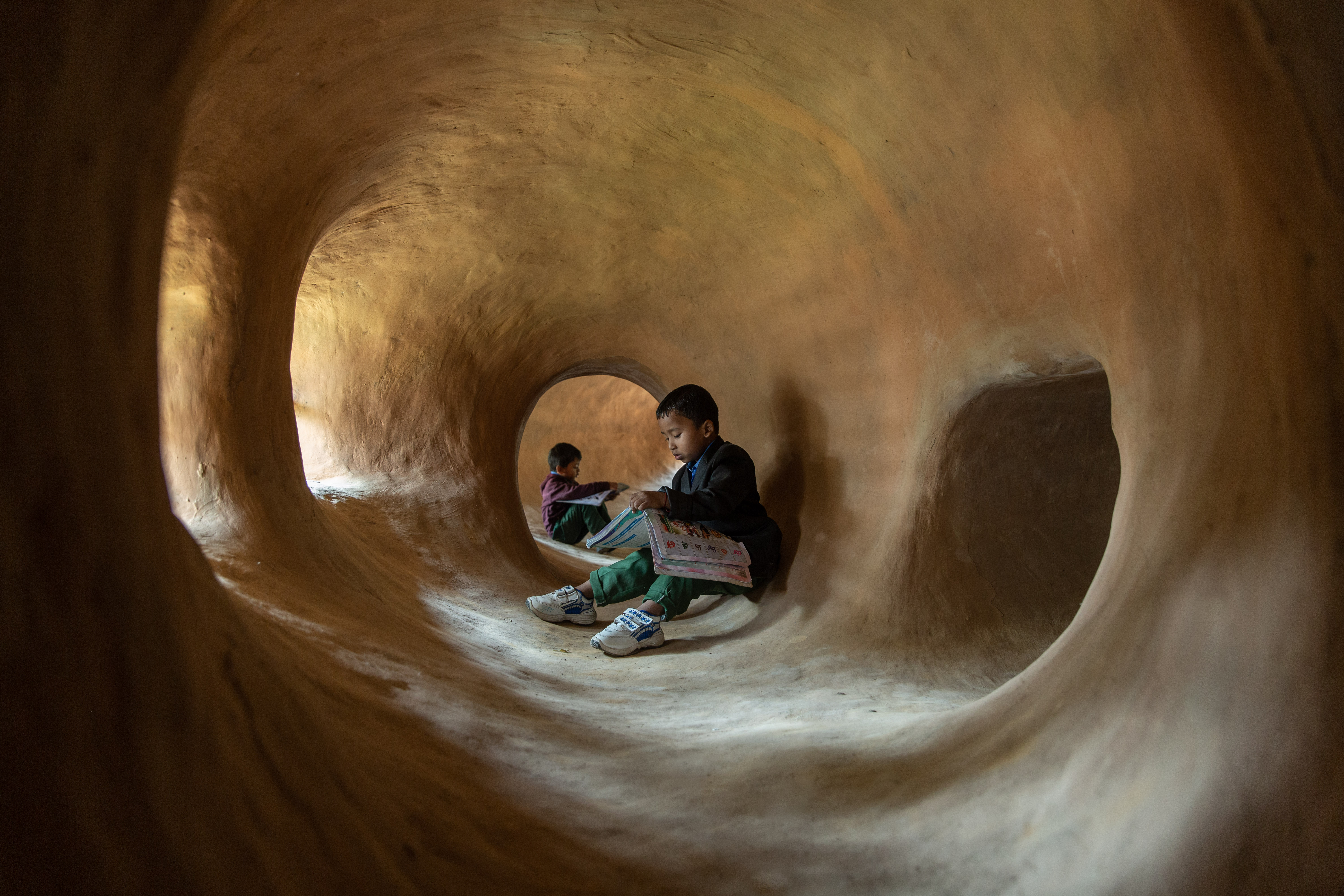
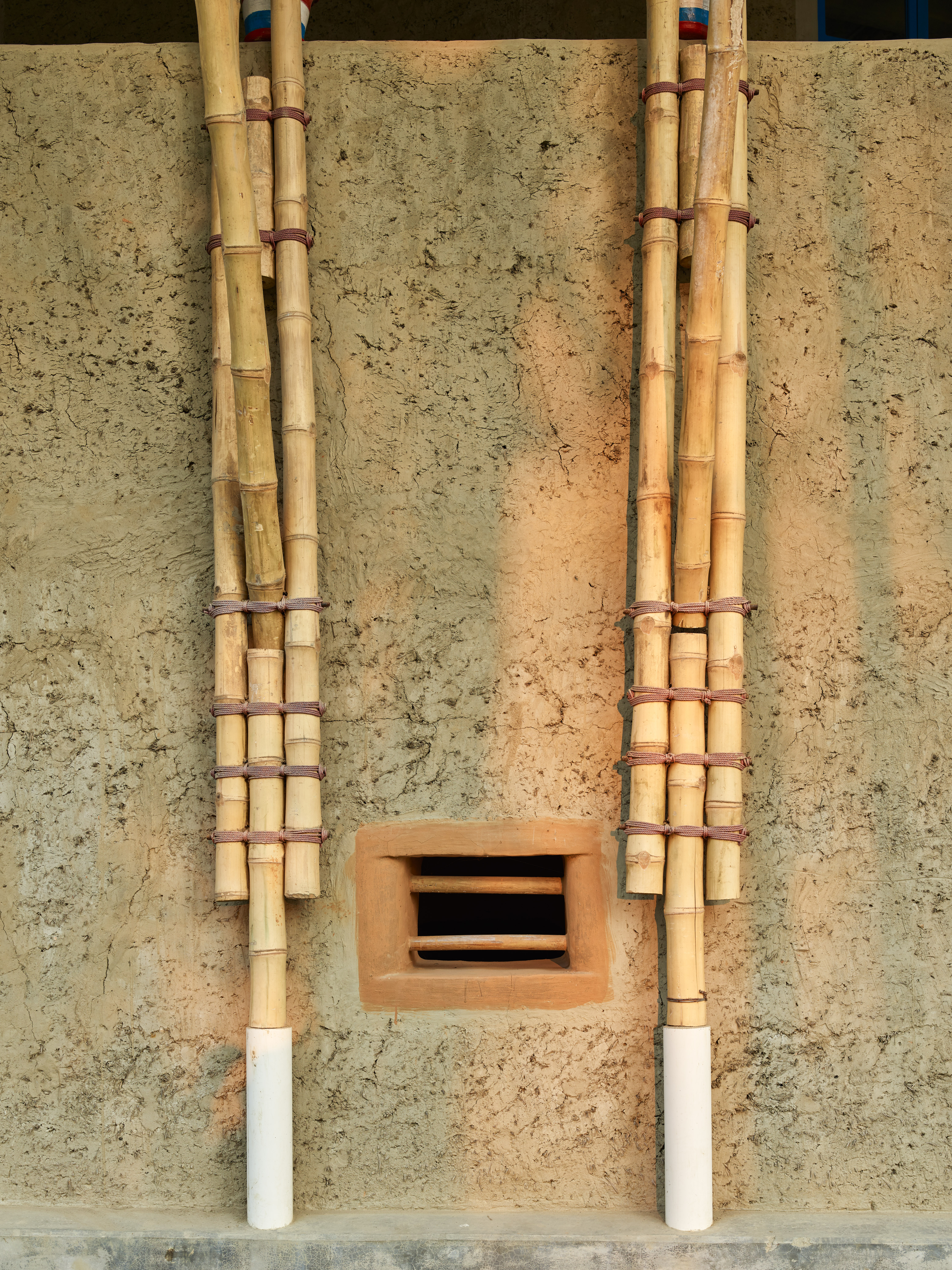
INFORMATION
anna-heringer.com; obelaward.org
Wallpaper* Newsletter
Receive our daily digest of inspiration, escapism and design stories from around the world direct to your inbox.
Ellie Stathaki is the Architecture & Environment Director at Wallpaper*. She trained as an architect at the Aristotle University of Thessaloniki in Greece and studied architectural history at the Bartlett in London. Now an established journalist, she has been a member of the Wallpaper* team since 2006, visiting buildings across the globe and interviewing leading architects such as Tadao Ando and Rem Koolhaas. Ellie has also taken part in judging panels, moderated events, curated shows and contributed in books, such as The Contemporary House (Thames & Hudson, 2018), Glenn Sestig Architecture Diary (2020) and House London (2022).
-
 Meet Lisbeth Sachs, the lesser known Swiss modernist architect
Meet Lisbeth Sachs, the lesser known Swiss modernist architectPioneering Lisbeth Sachs is the Swiss architect behind the inspiration for creative collective Annexe’s reimagining of the Swiss pavilion for the Venice Architecture Biennale 2025
By Adam Štěch
-
 A stripped-back elegance defines these timeless watch designs
A stripped-back elegance defines these timeless watch designsWatches from Cartier, Van Cleef & Arpels, Rolex and more speak to universal design codes
By Hannah Silver
-
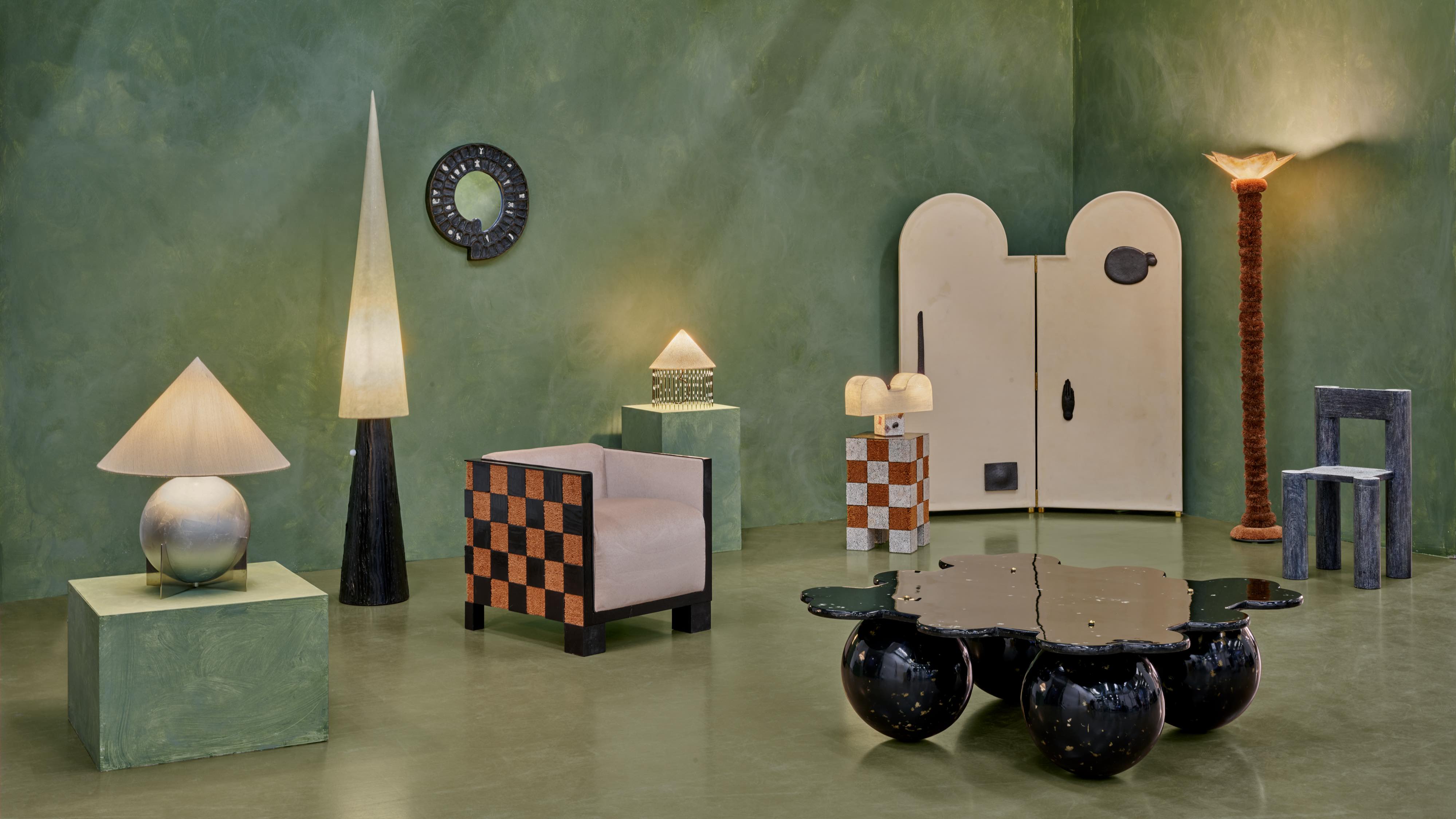 Postcard from Brussels: a maverick design scene has taken root in the Belgian capital
Postcard from Brussels: a maverick design scene has taken root in the Belgian capitalBrussels has emerged as one of the best places for creatives to live, operate and even sell. Wallpaper* paid a visit during the annual Collectible fair to see how it's coming into its own
By Adrian Madlener
-
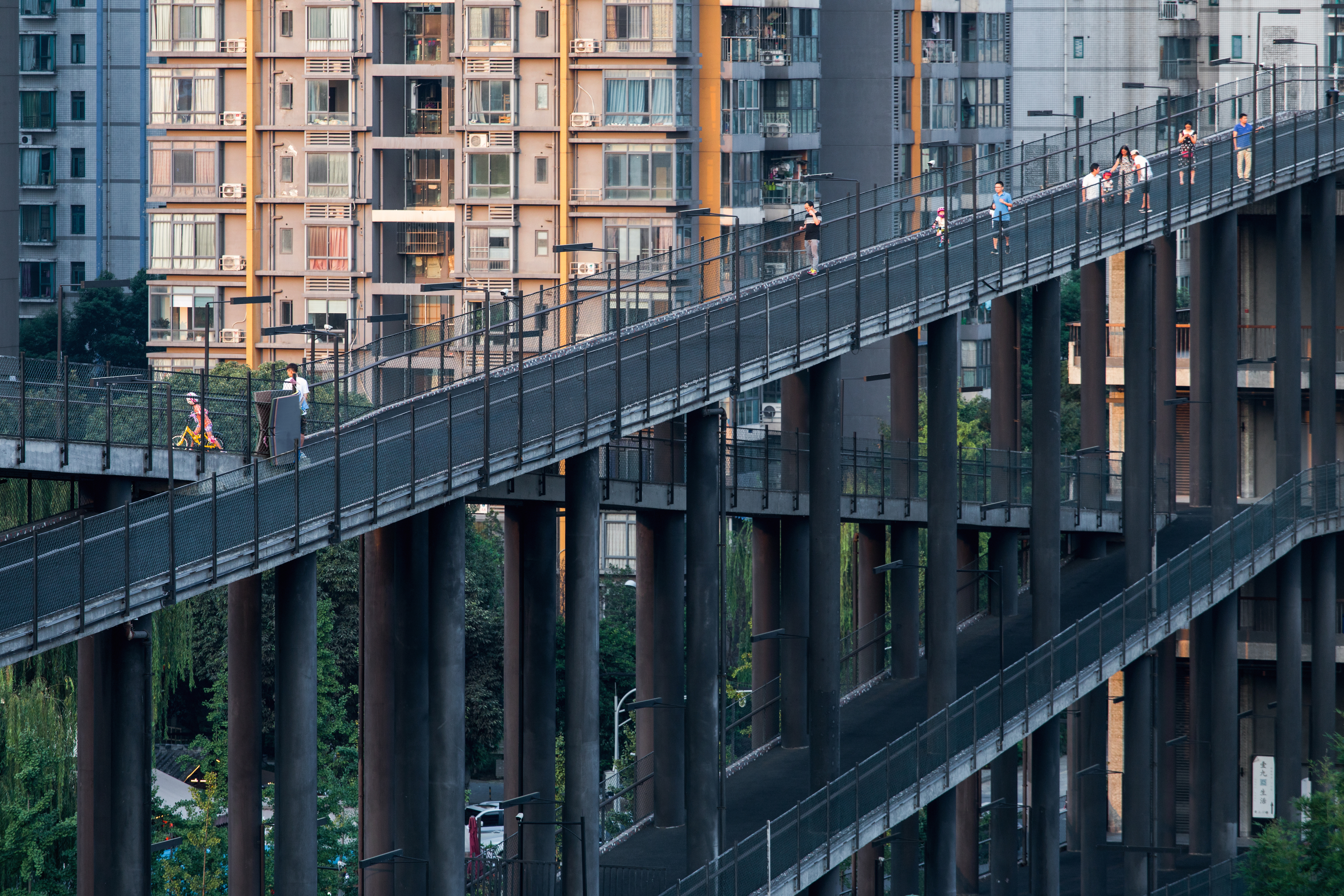 Liu Jiakun wins 2025 Pritzker Architecture Prize: explore the Chinese architect's work
Liu Jiakun wins 2025 Pritzker Architecture Prize: explore the Chinese architect's workLiu Jiakun, 2025 Pritzker Architecture Prize Laureate, is celebrated for his 'deep coherence', quality and transcendent architecture
By Ellie Stathaki
-
 Young Climate Prize 2025 winners: the creatives designing for a better tomorrow
Young Climate Prize 2025 winners: the creatives designing for a better tomorrowThe winners for the Young Climate Prize 2025 cycle by The World Around have been announced, crowning a new generation of changemakers; we go behind the scenes and reveal the process and winners
By Ellie Stathaki
-
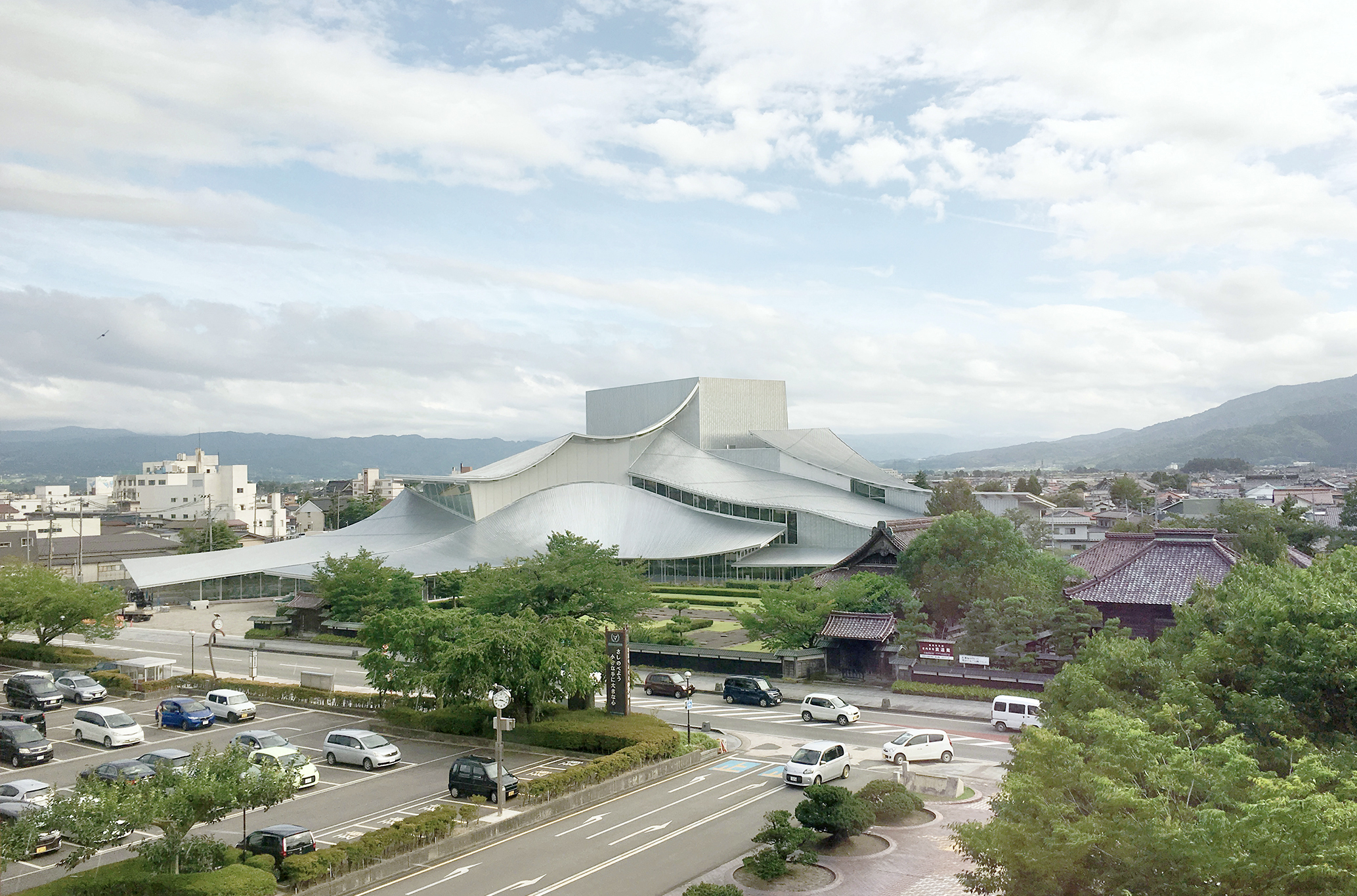 And the RIBA Royal Gold Medal 2025 goes to... SANAA!
And the RIBA Royal Gold Medal 2025 goes to... SANAA!The RIBA Royal Gold Medal 2025 winner is announced – Japanese studio SANAA scoops the prestigious architecture industry accolade
By Ellie Stathaki
-
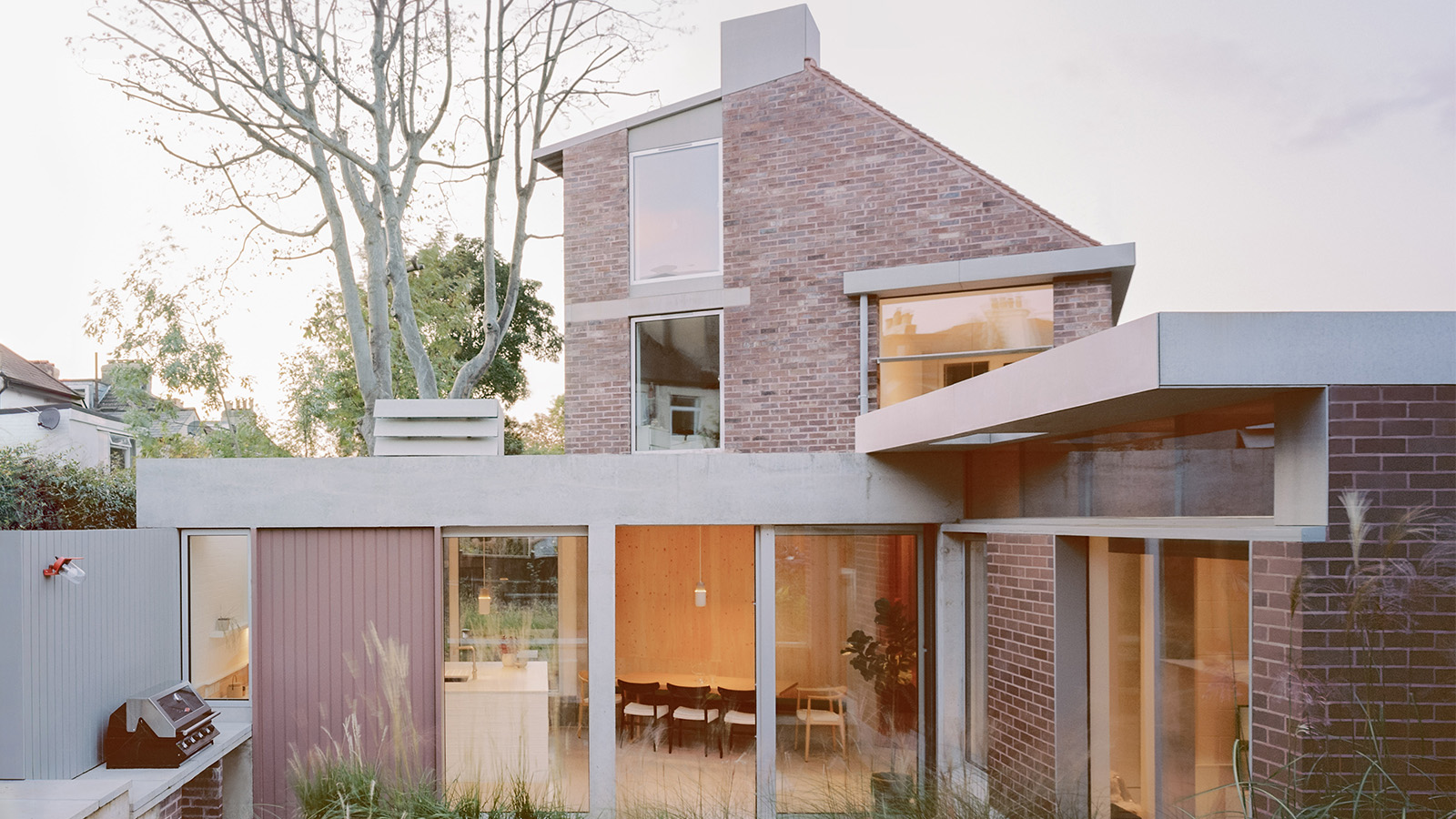 The RIBA House of the Year 2024 winner is a delightful work in progress
The RIBA House of the Year 2024 winner is a delightful work in progressThe winner of the RIBA House of the Year 2024 is Six Columns in south London – the home of architect and 31/44 studio co-founder William Burges
By Ellie Stathaki
-
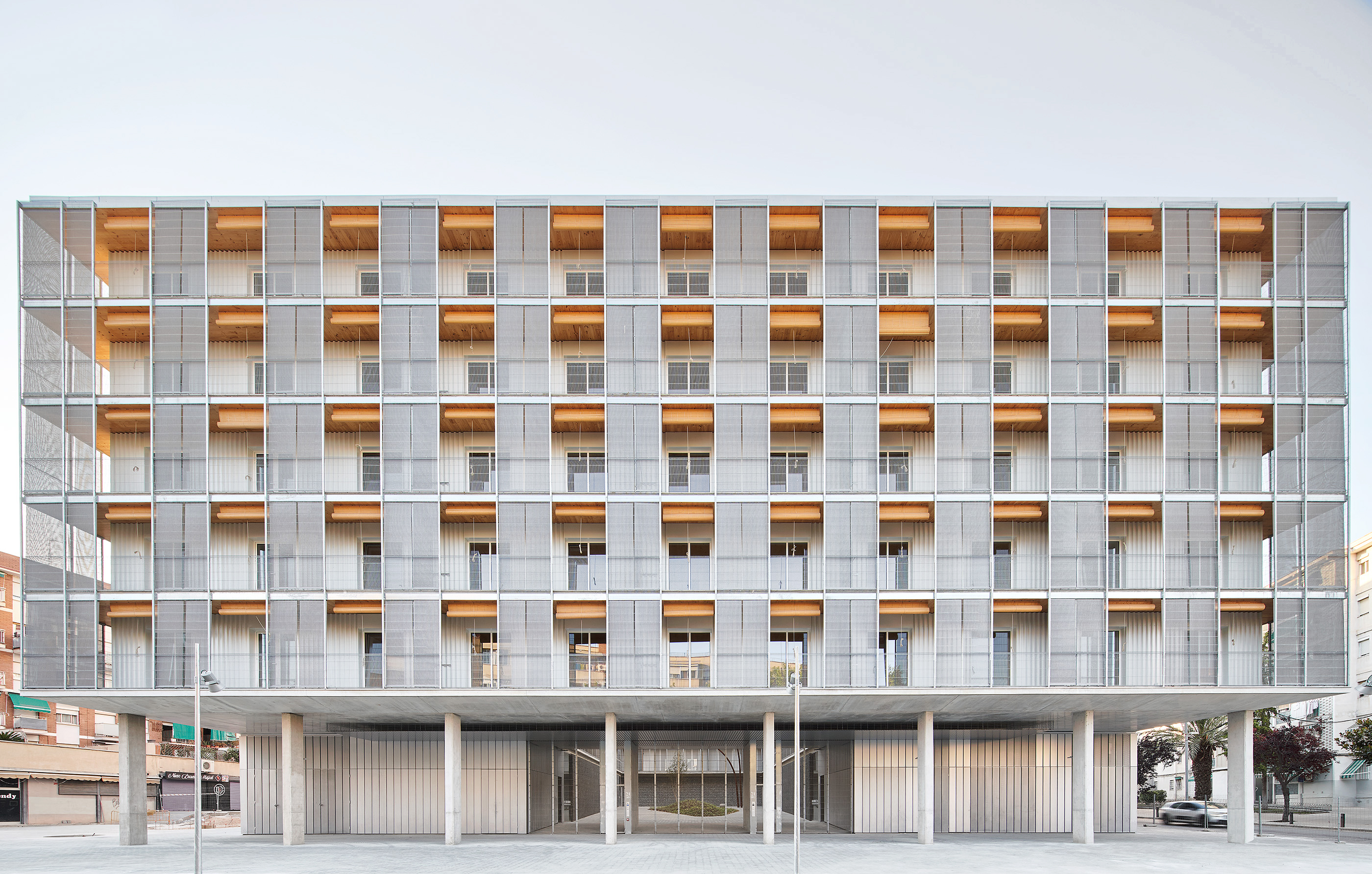 RIBA International Prize 2024 goes to 'radical housing' in Barcelona
RIBA International Prize 2024 goes to 'radical housing' in BarcelonaRIBA International Prize 2024 has been announced, and the winner is Modulus Matrix: 85 Social Housing in Cornellà, designed by Peris + Toral Arquitectes in Barcelona
By Ellie Stathaki
-
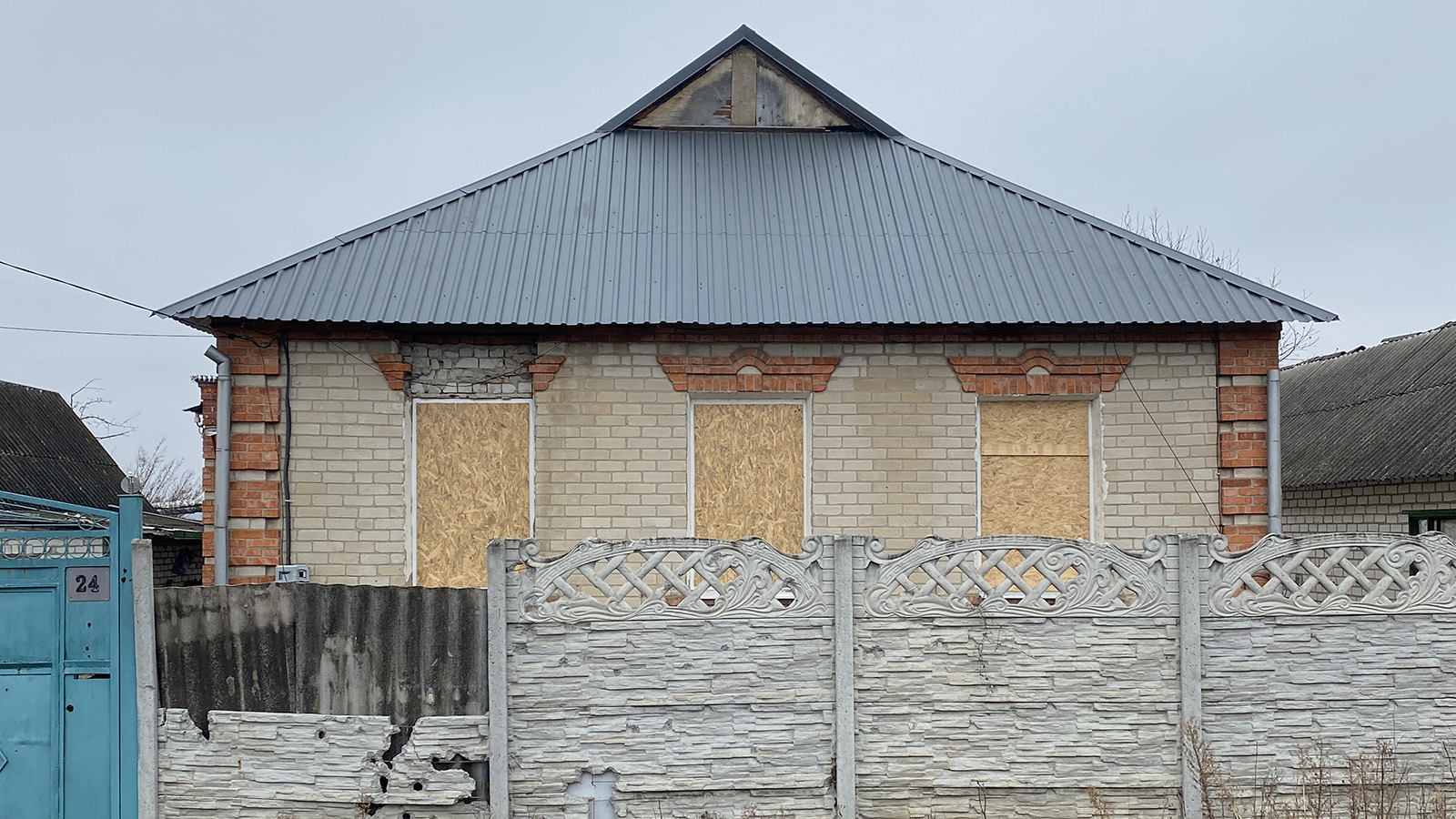 Meet the 2024 Royal Academy Dorfman Prize winner: Livyj Bereh from Ukraine
Meet the 2024 Royal Academy Dorfman Prize winner: Livyj Bereh from UkraineThe 2024 Royal Academy Dorfman Prize winner has been crowned: congratulations to architecture collective Livyj Bereh from Ukraine, praised for its rebuilding efforts during the ongoing war in the country
By Ellie Stathaki
-
 RIBA House of the Year 2024: browse the shortlist and pick your favourite
RIBA House of the Year 2024: browse the shortlist and pick your favouriteThe RIBA House of the Year 2024 shortlist is out, celebrating homes across the UK: it's time to place your bets. Which will win the top gong?
By Ellie Stathaki
-
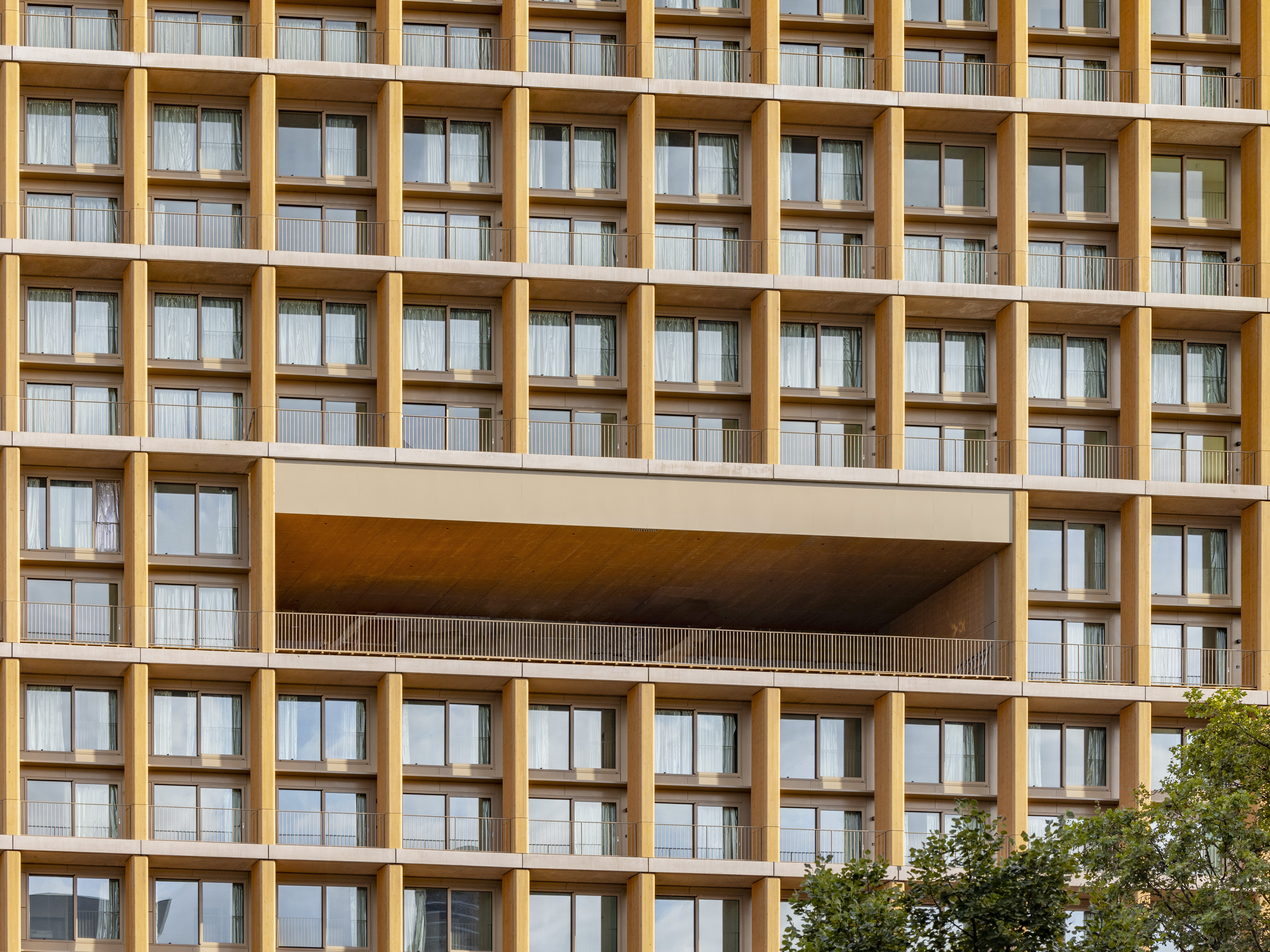 Explore wood architecture, Paris' new timber tower and how to make sustainable construction look ‘iconic’
Explore wood architecture, Paris' new timber tower and how to make sustainable construction look ‘iconic’A new timber tower brings wood architecture into sharp focus in Paris and highlights ways to craft buildings that are both sustainable and look great: we spoke to project architects LAN, and explore the genre through further examples
By Amy Serafin